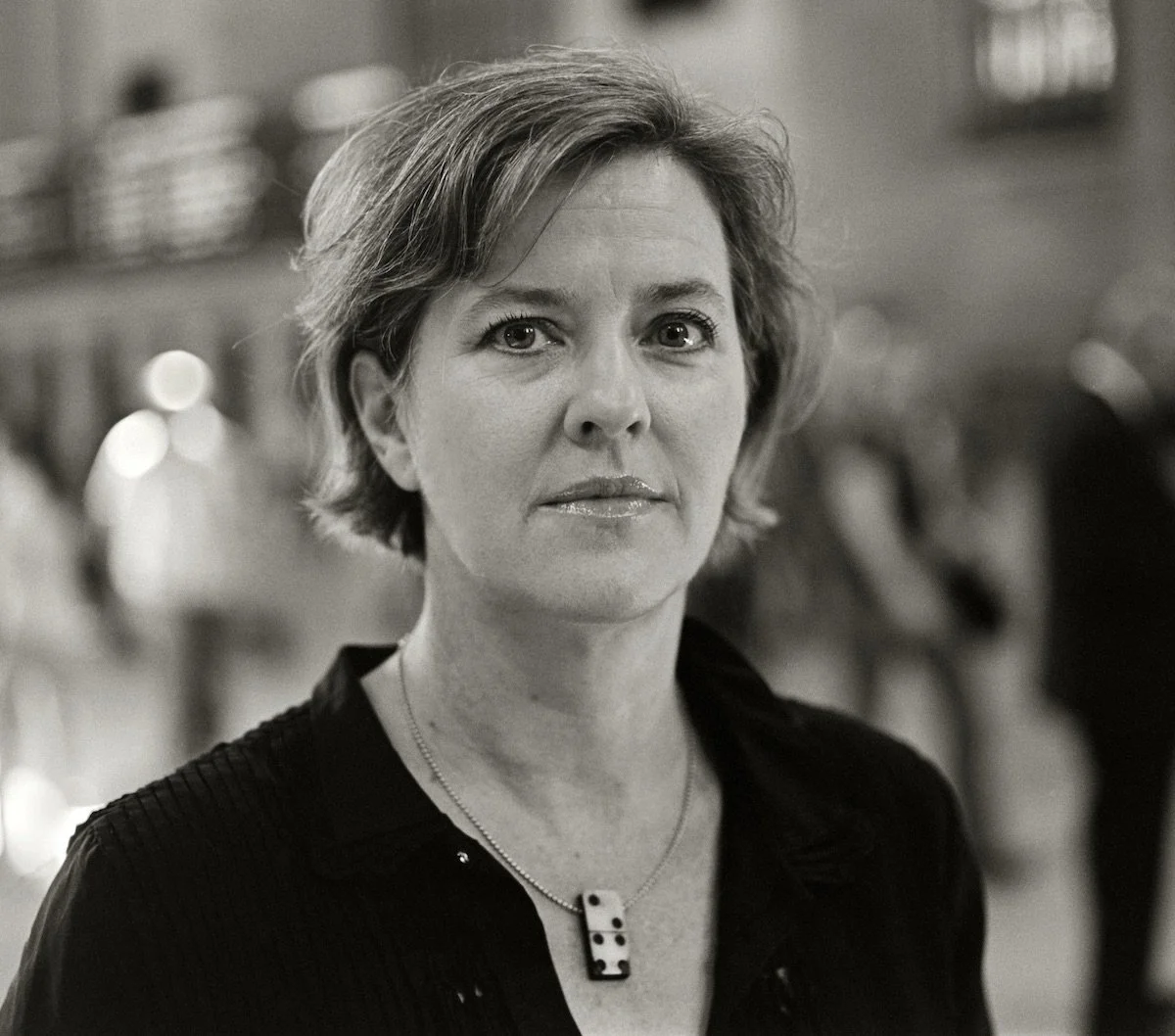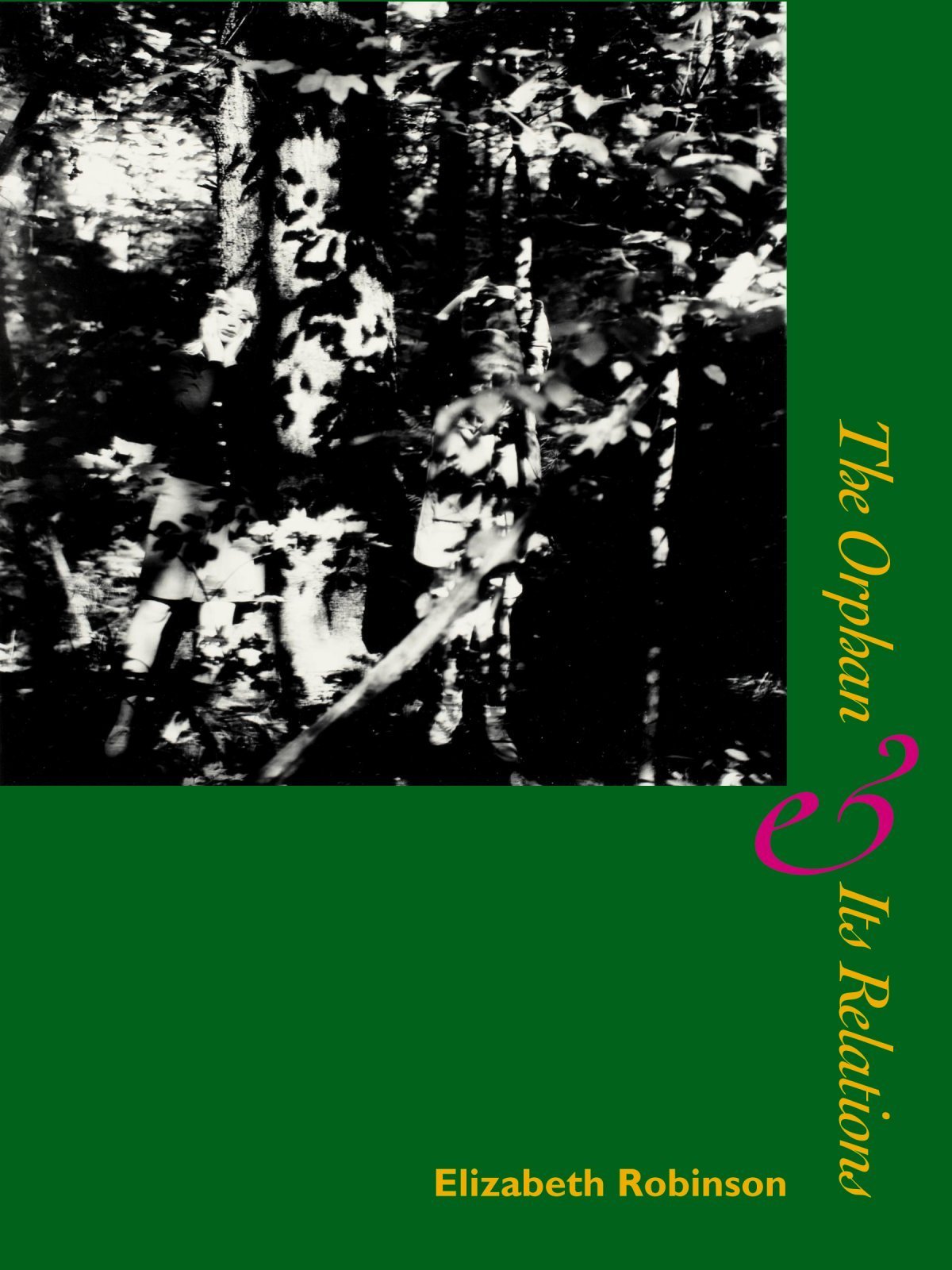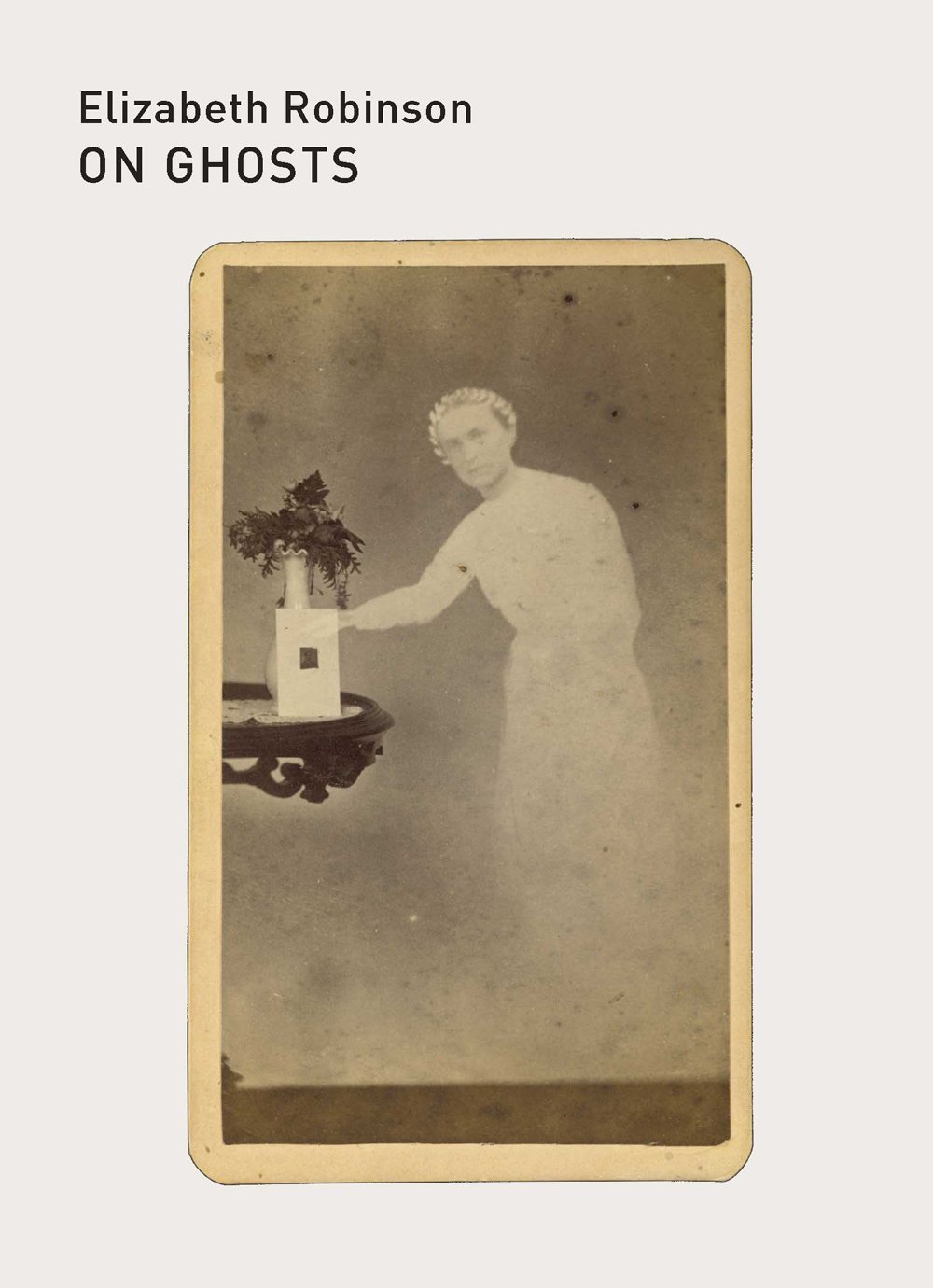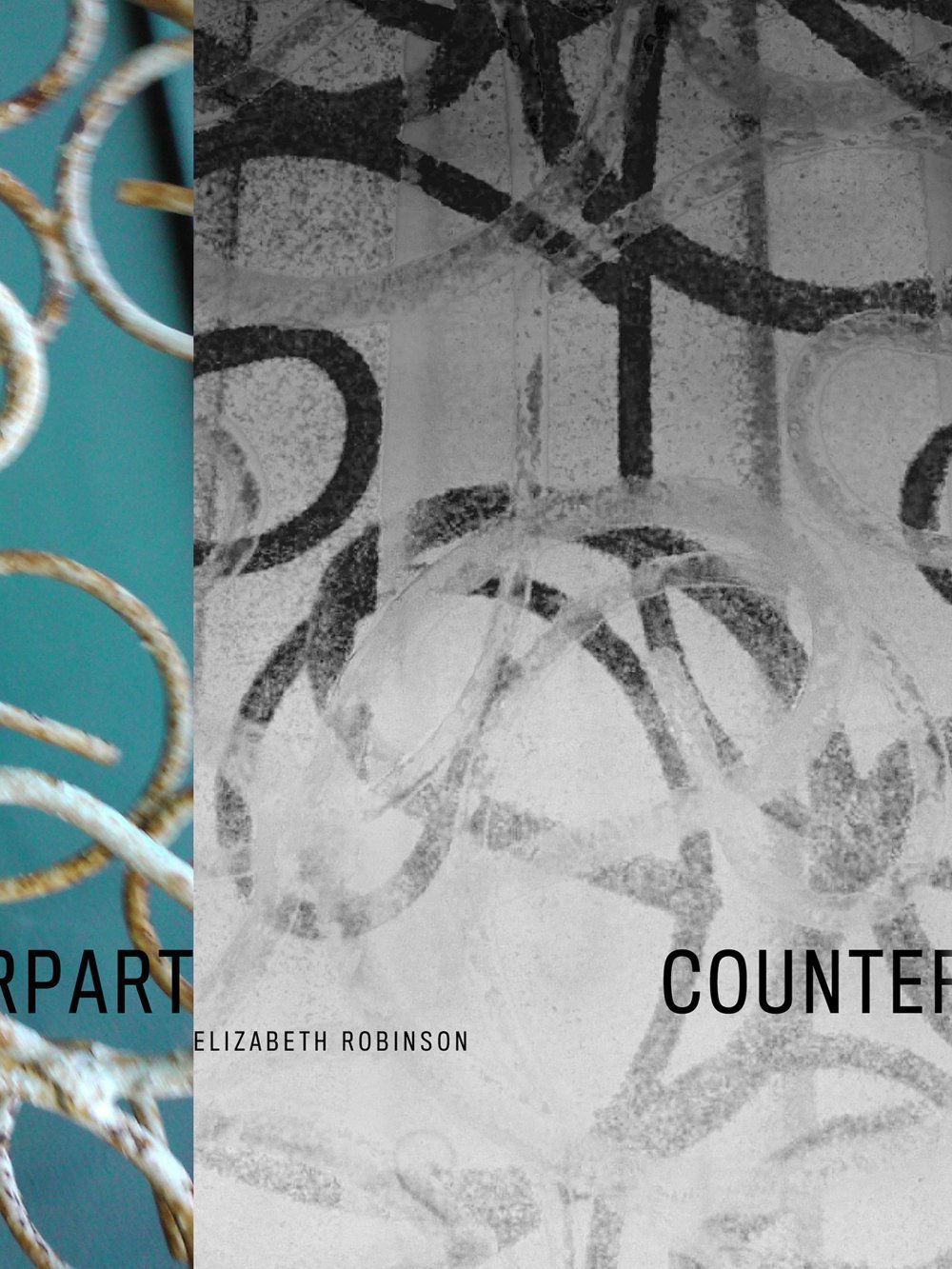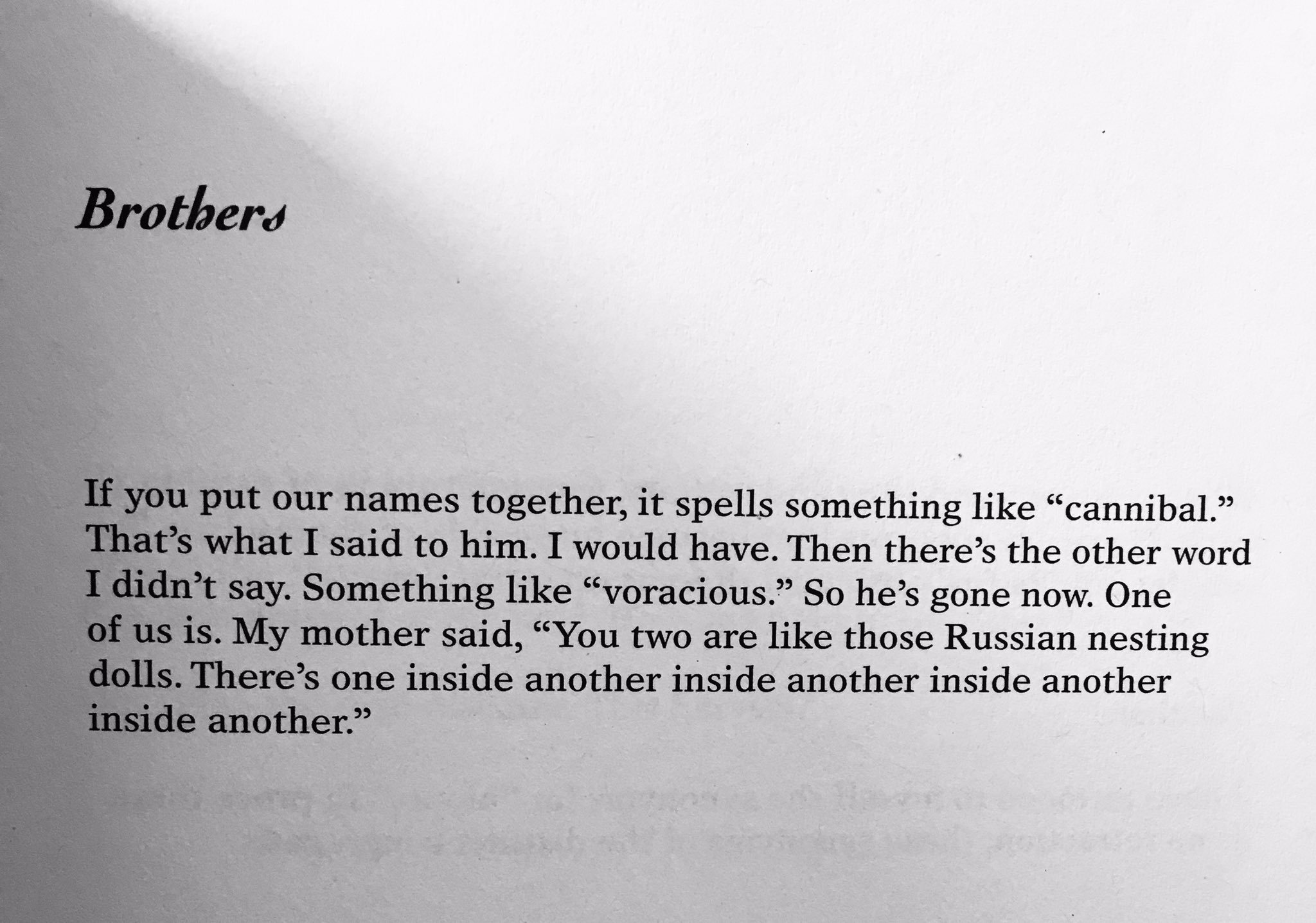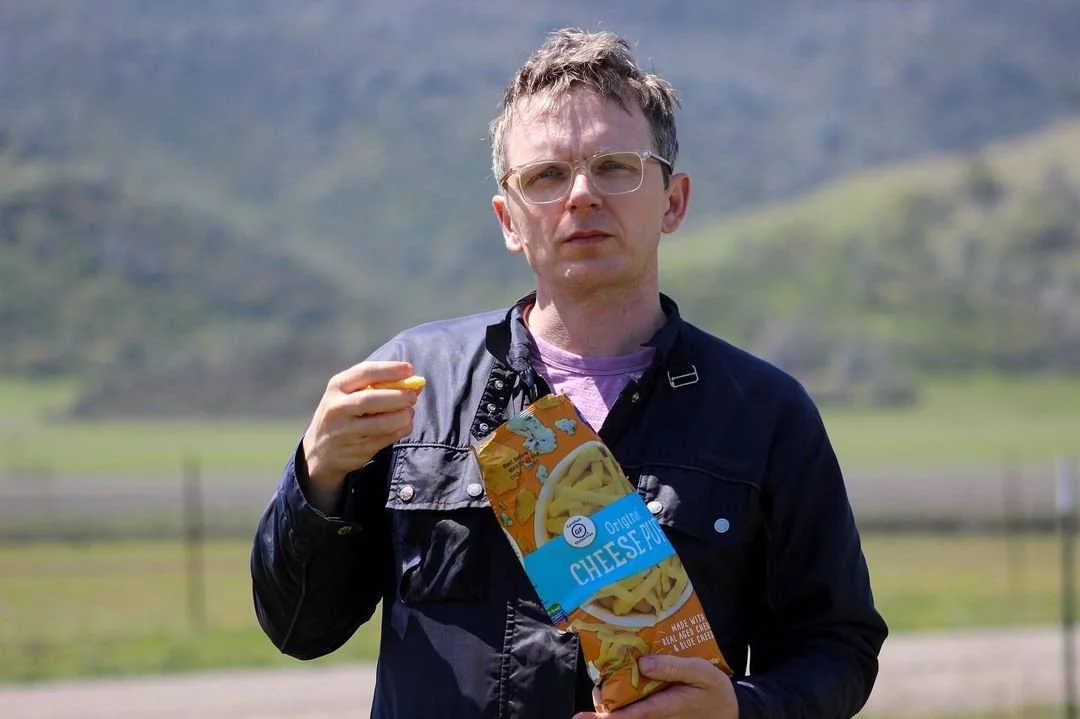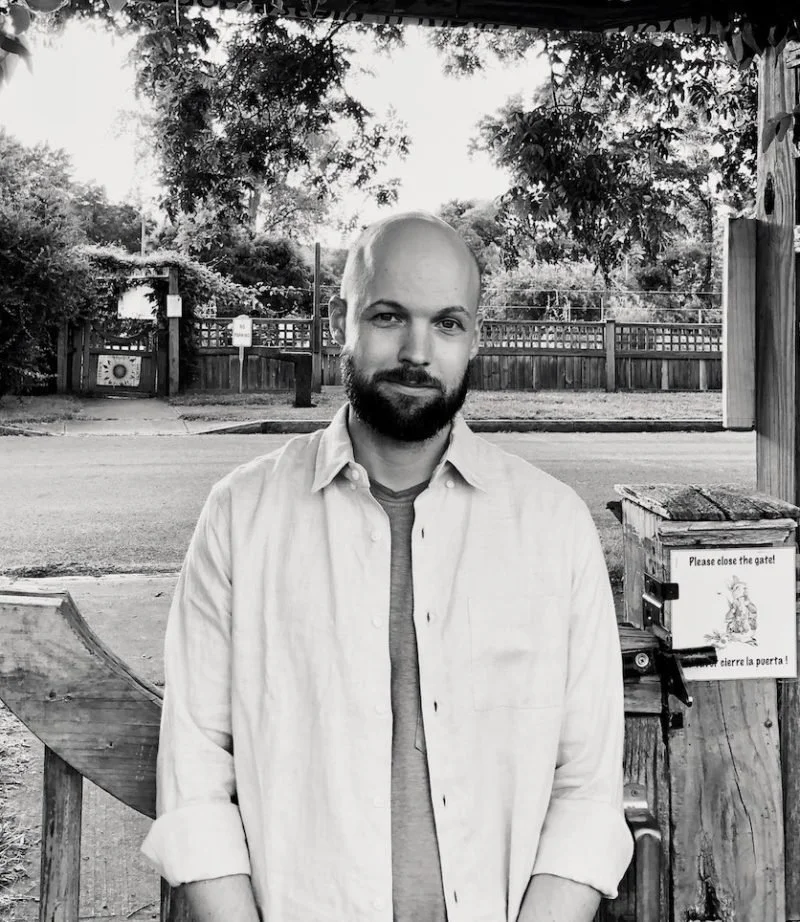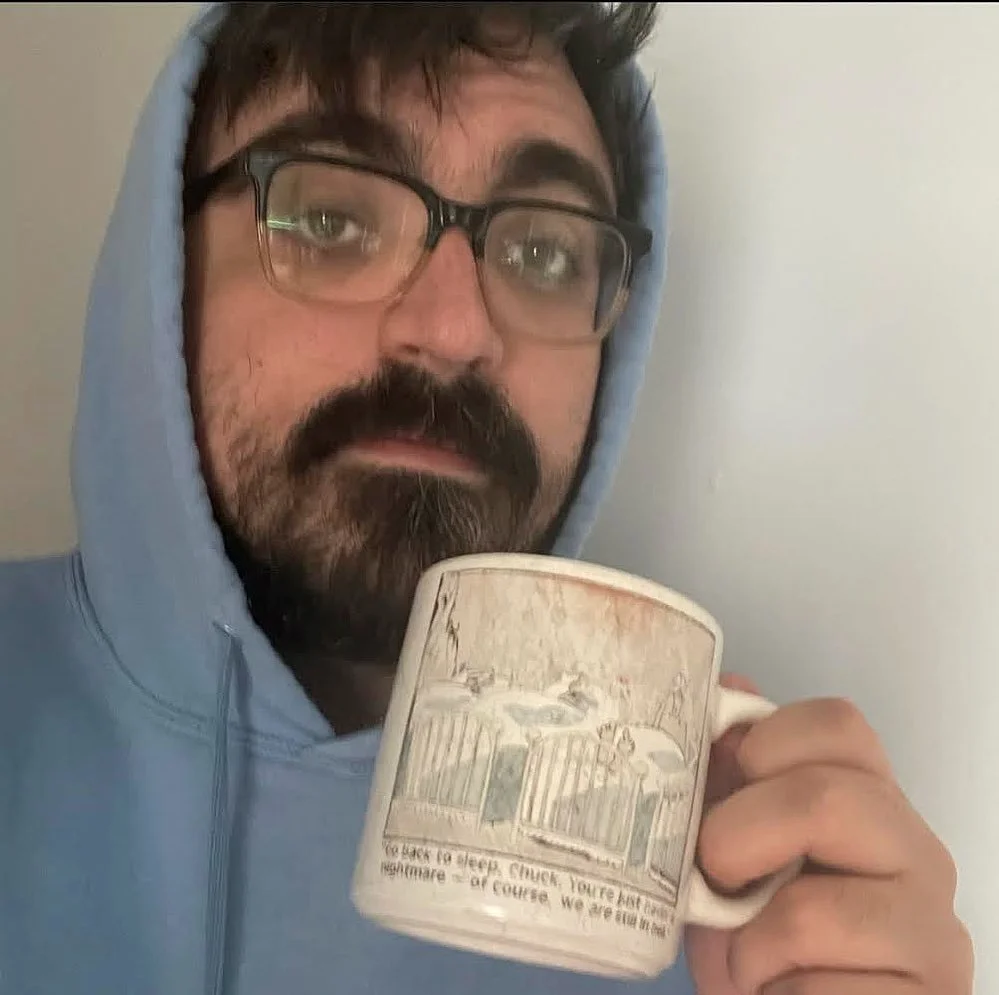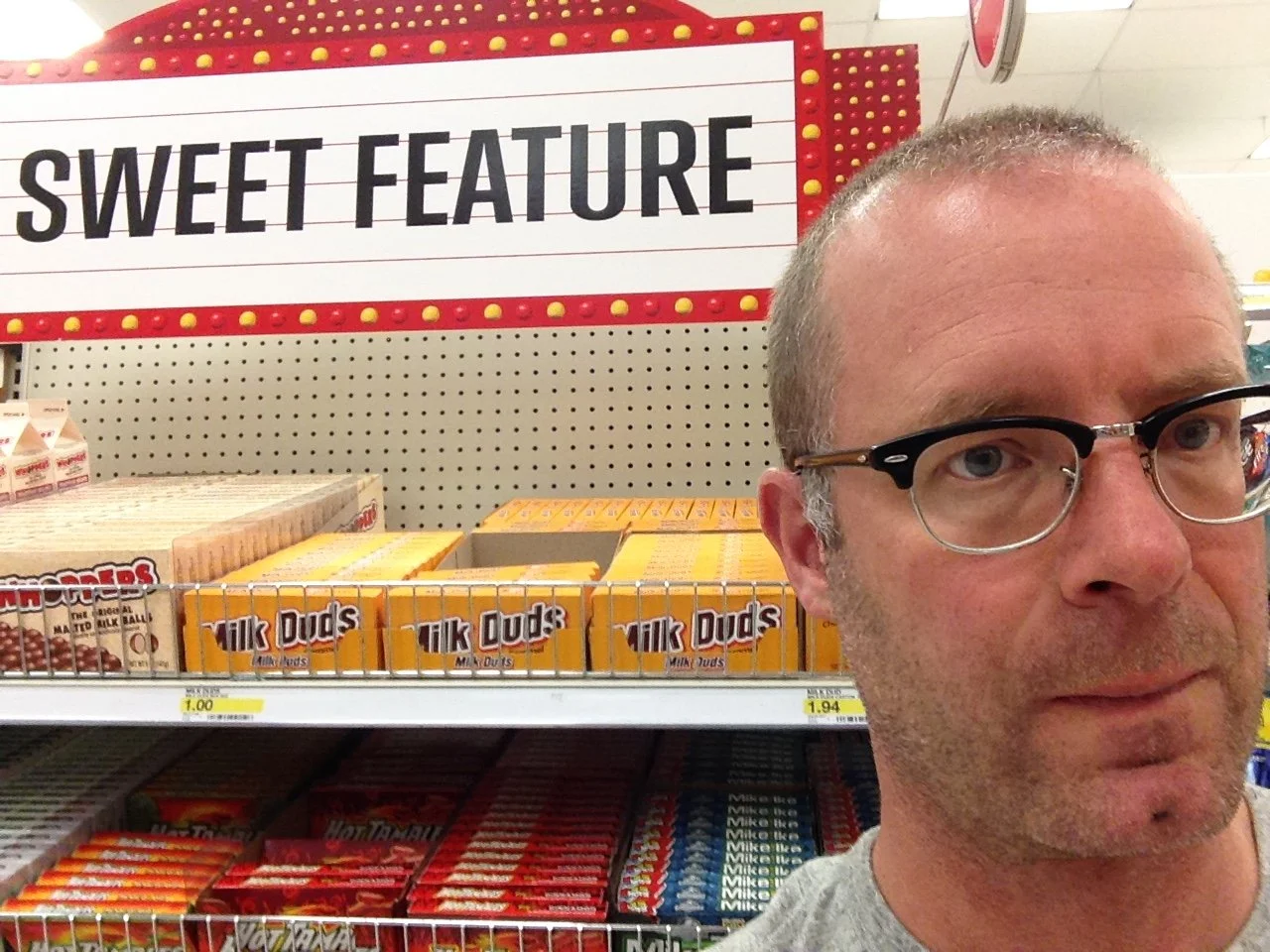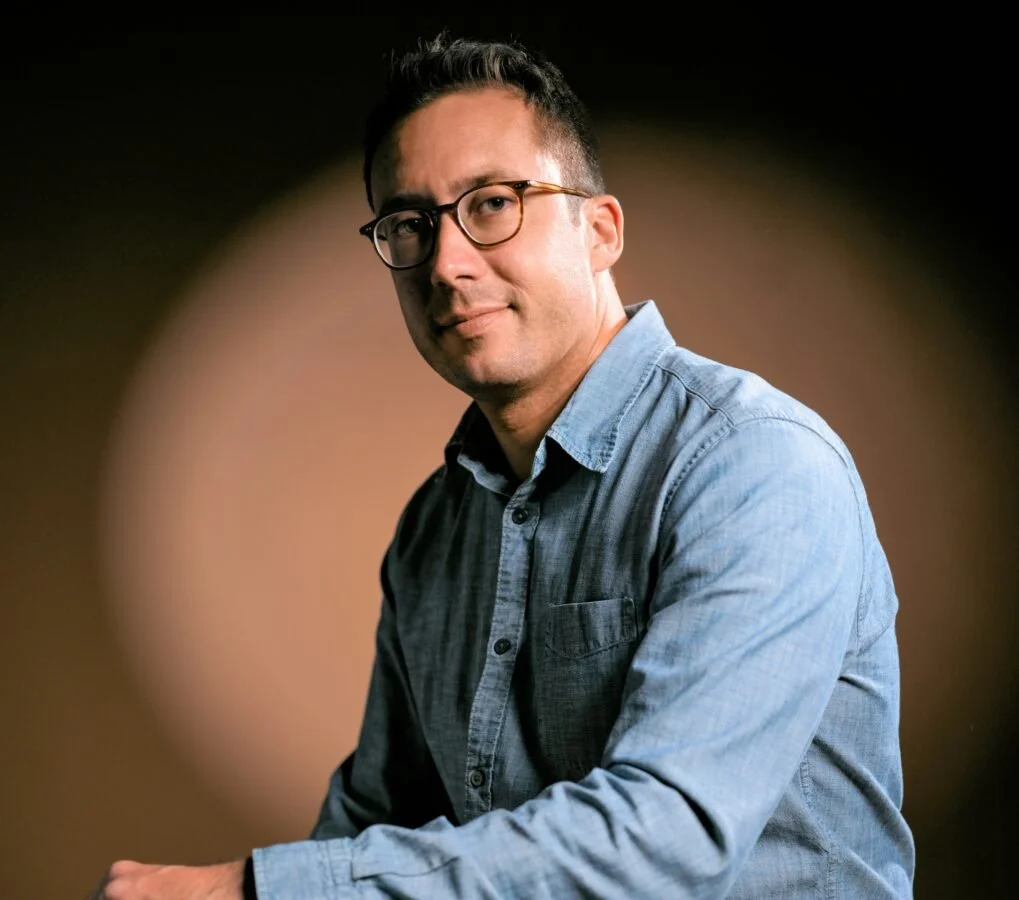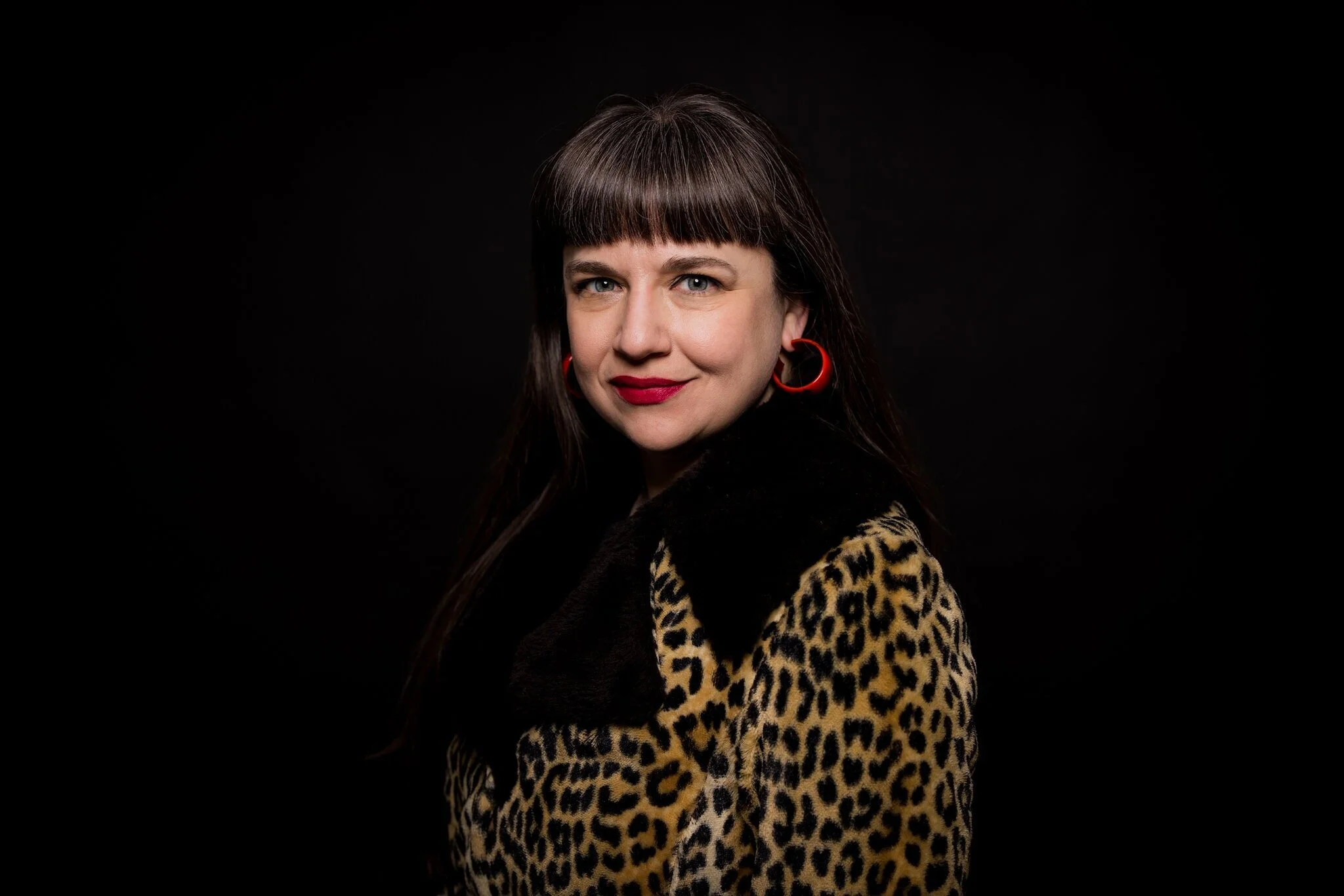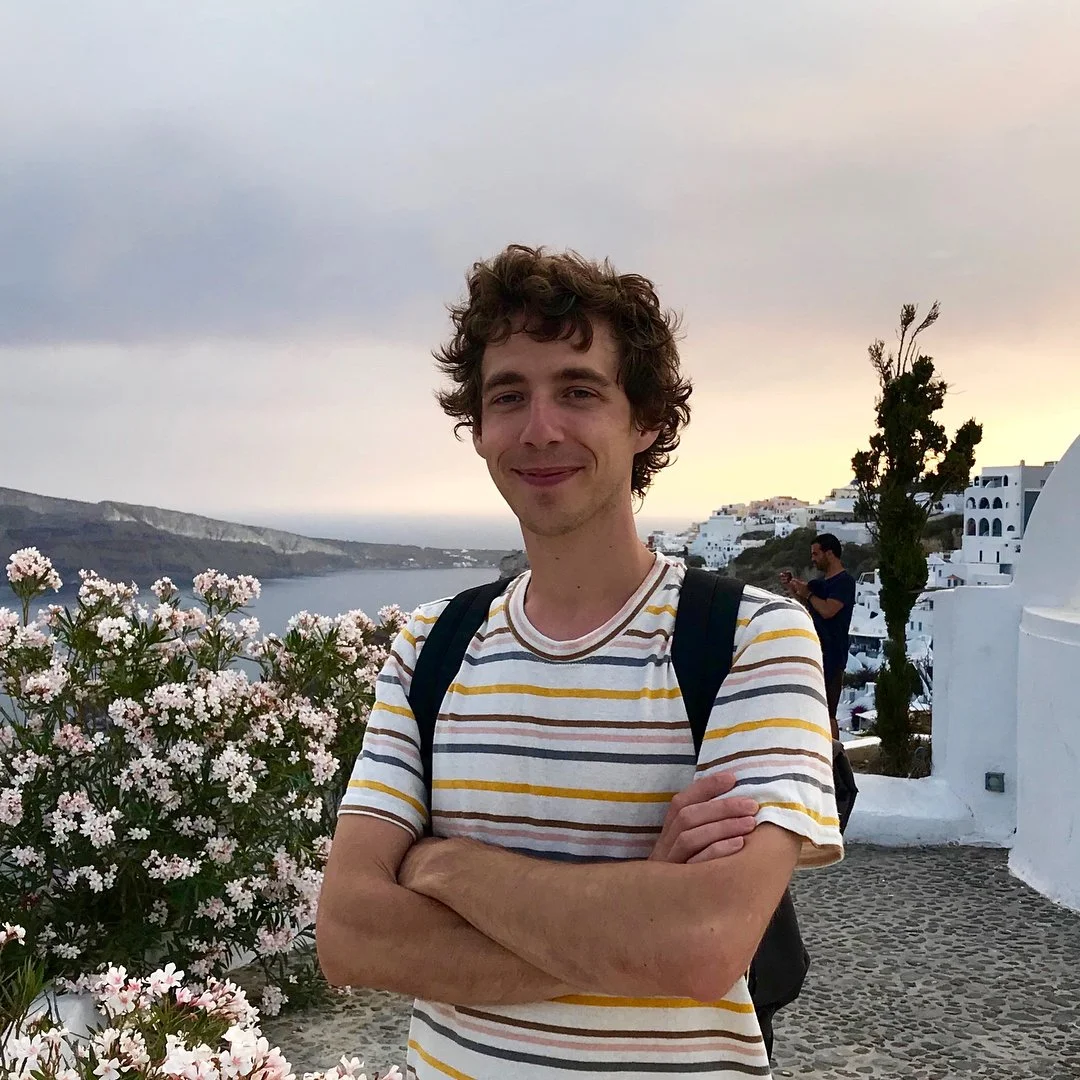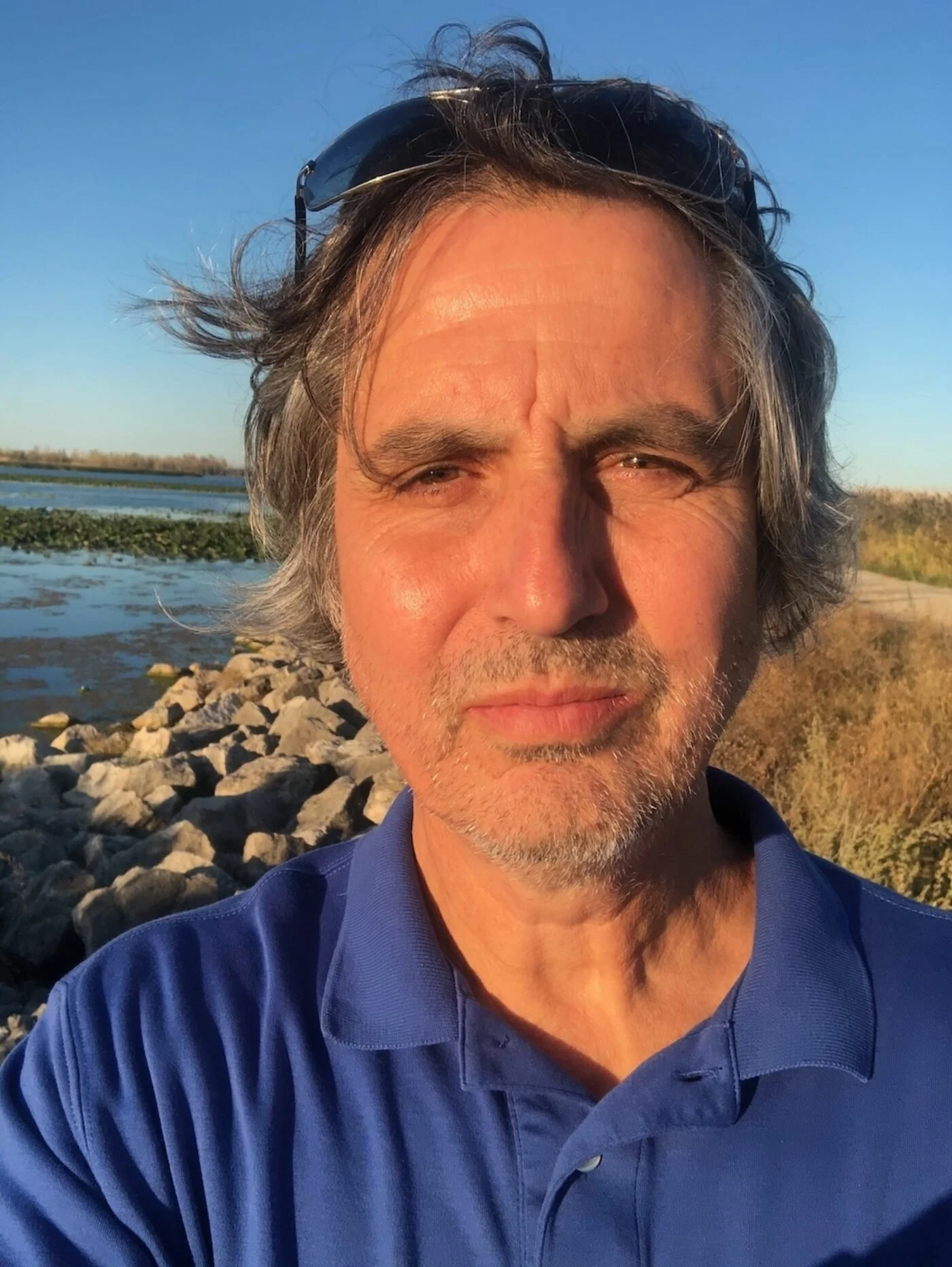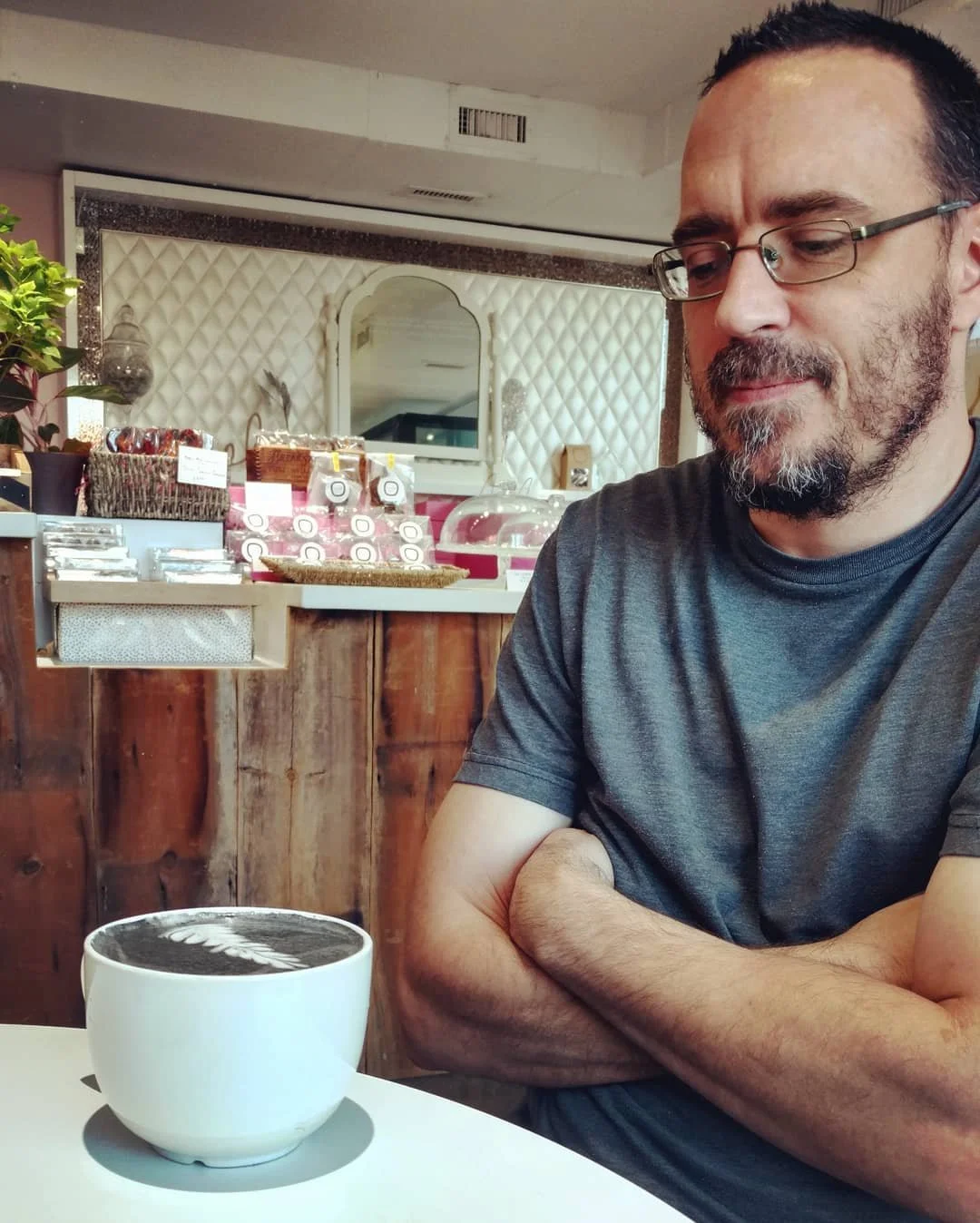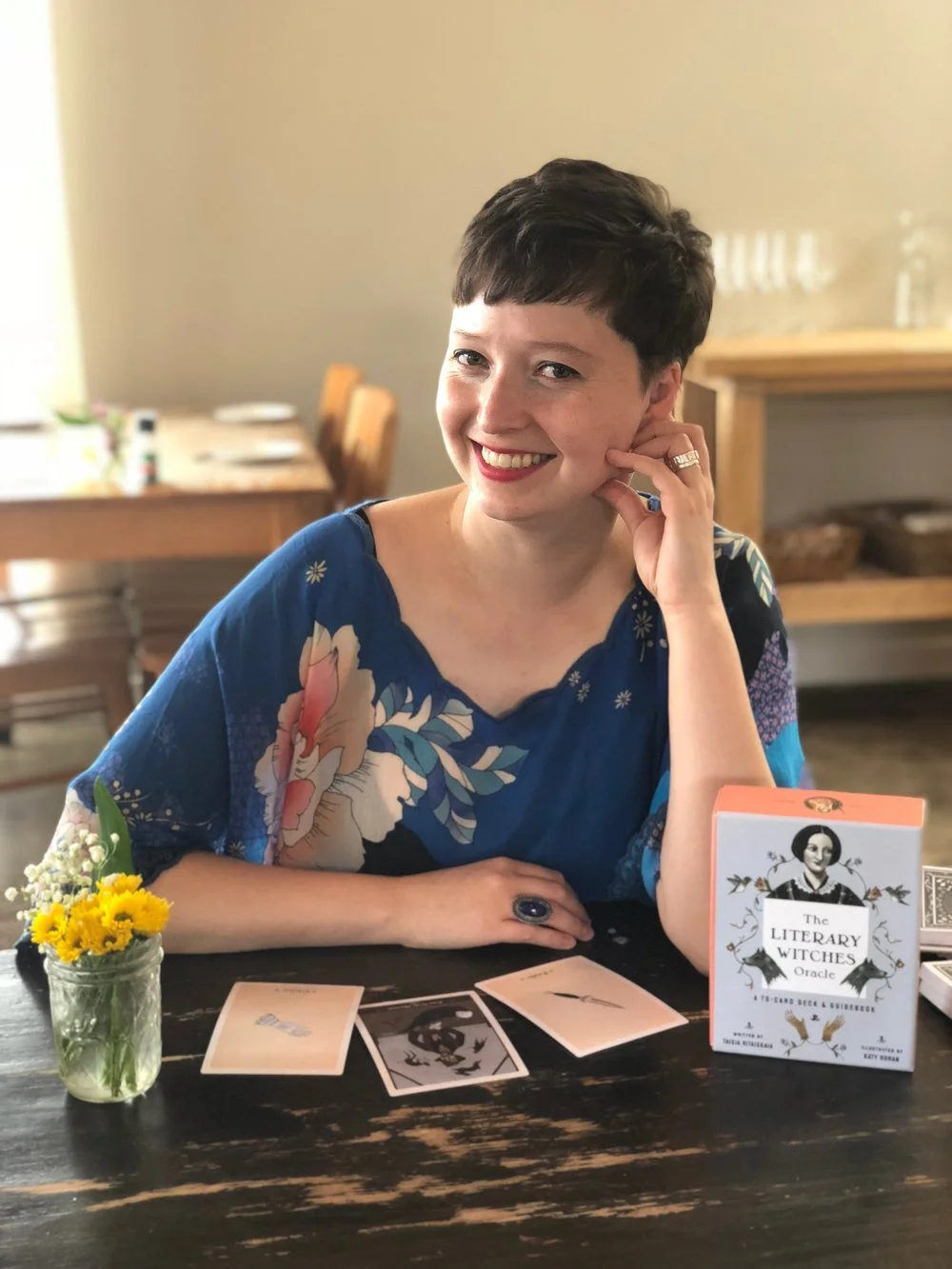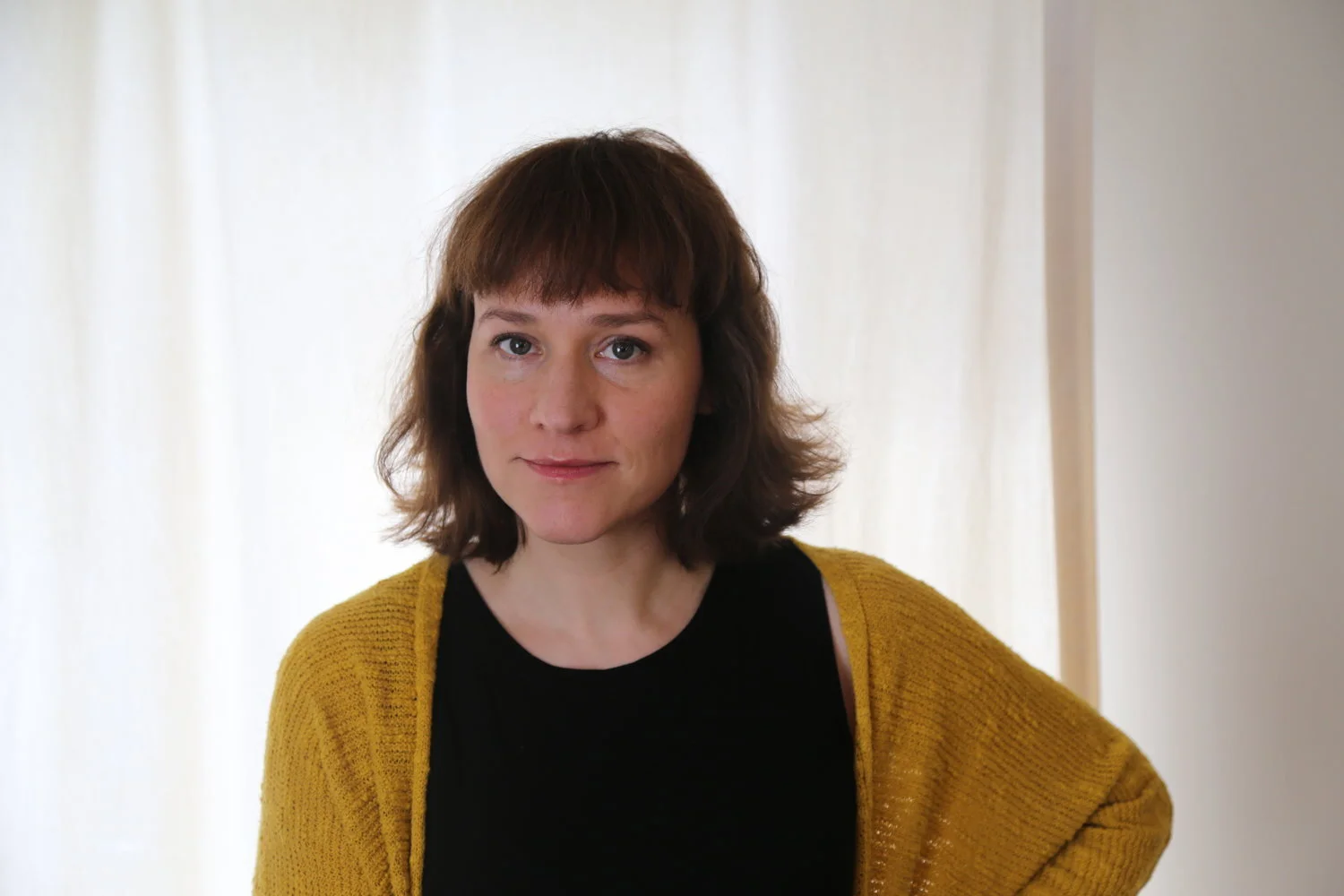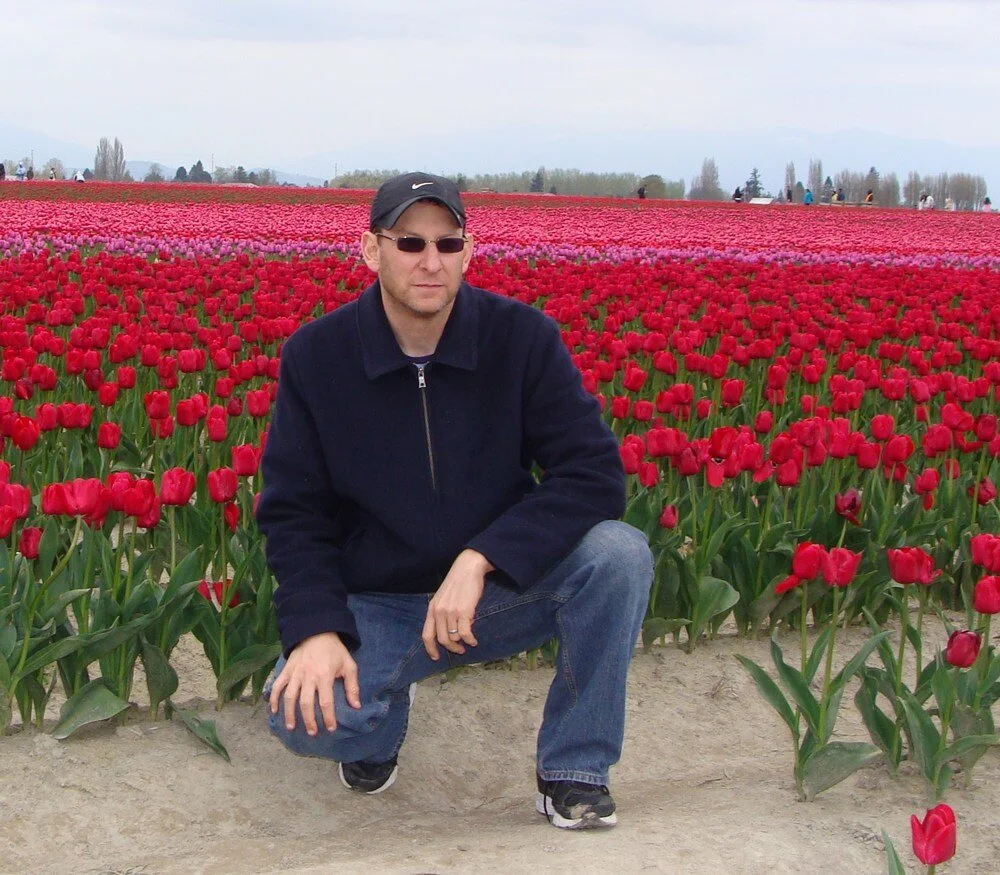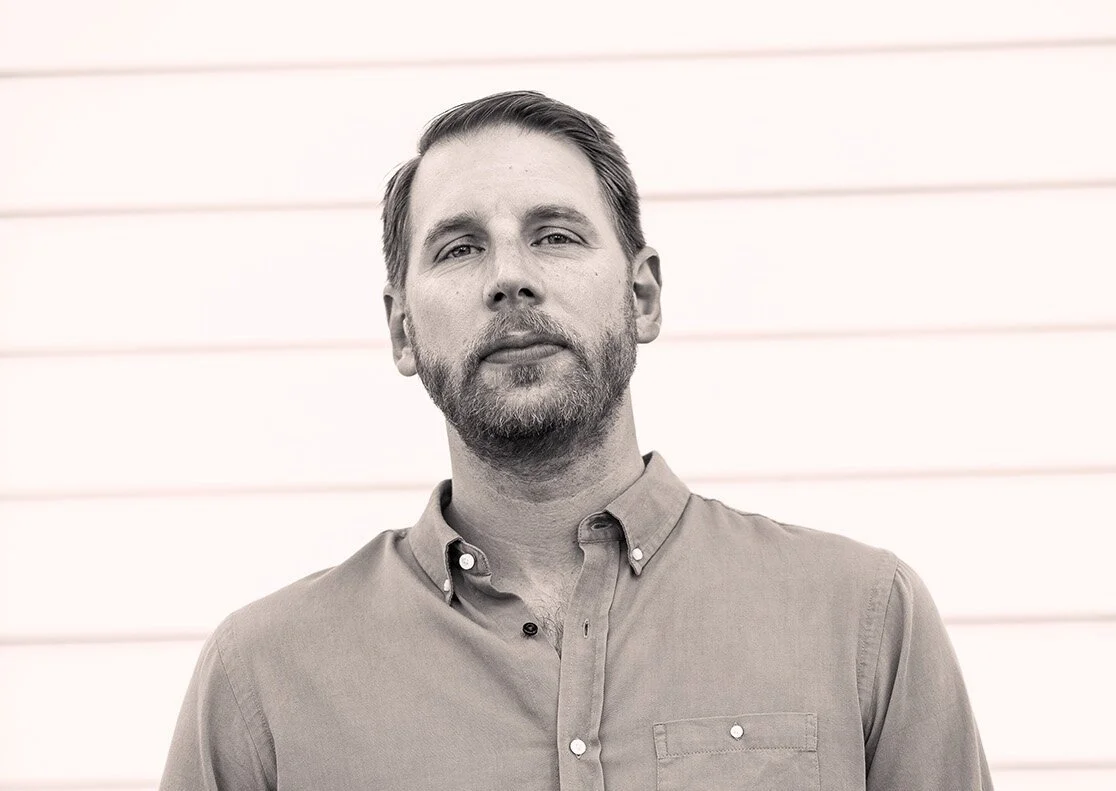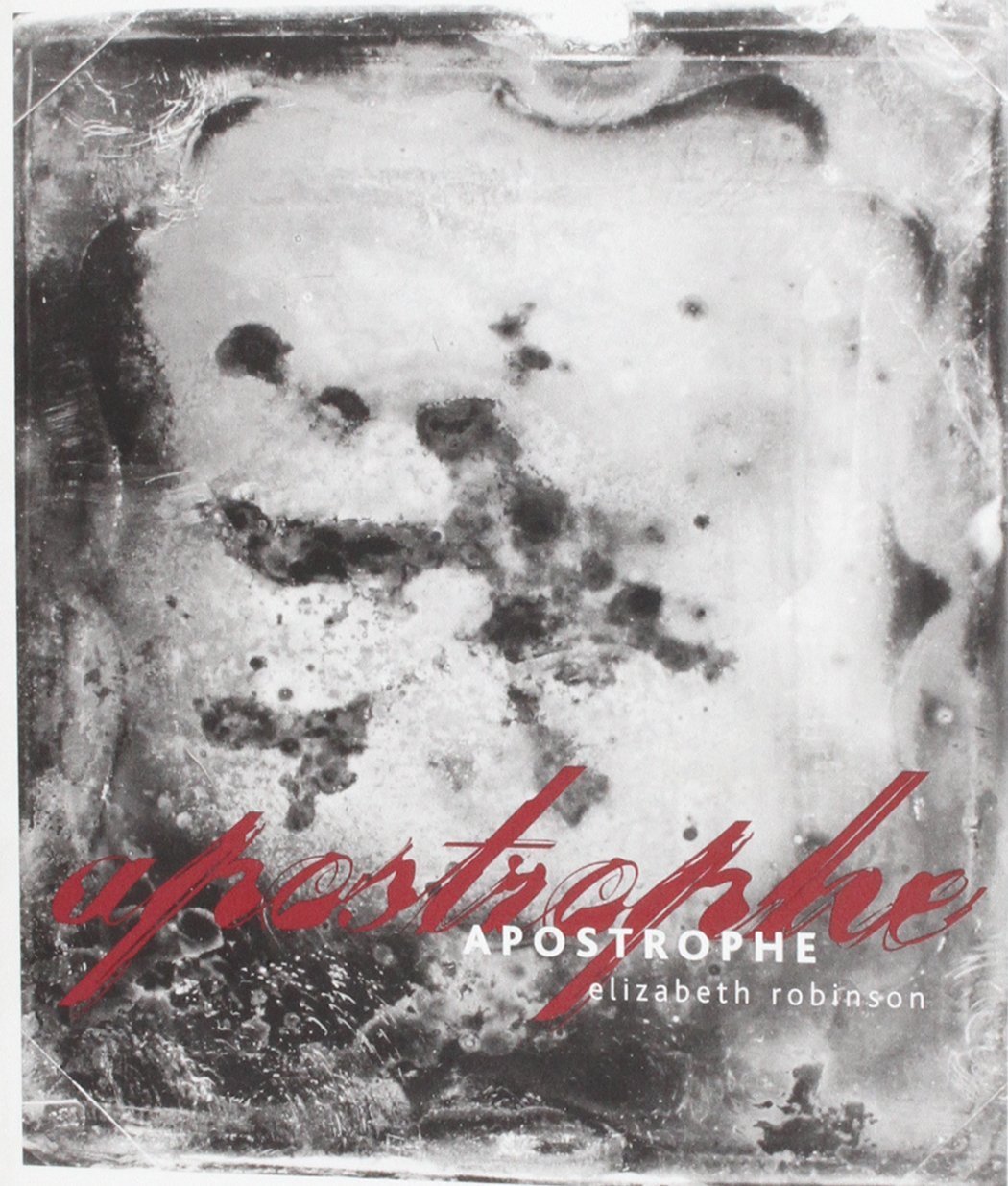
Elizabeth Robinson is a prolific poet, social worker, and pastor. Her bibliography is full of cohesive and meticulously curated collections. Great examples of project books, or book-length concepts, or inter-linked sequences. Condensed fairy tales and fables, surrealist visions and daydreams. Sometimes speaking with past source text, sometimes pulling fragments together and seeing how they dance, forming something vivid and new. To read her work is to meditate, to slow your breathing, and float.
I spoke with Robinson via email and we talked about her writing history, the importance of community, sequences and influences, and how she has more than half a dozen manuscripts in the works.
Let’s begin with an icebreaker. What was last nonfiction/nonpoetry book you read and what did you think of it?
I read Meetings With Remarkable Manuscripts by Christopher De Hamel. De Hamel was a librarian at the Parker Library at Cambridge University and a scholar of medieval manuscripts. He tells the story of twelve extant medieval manuscripts, their genesis and journeys through time. The book includes illustrations. I love it so much that I haven’t finished it and am portioning out the sections. I love the specialized vocabulary of manuscripts, but also the way a piece of paper, or a bound collection of papers can embody so much history, so many ideas, so many people.
Next up are This is All I’ve Got, by Lauren Sandler, about a homeless woman with a child trying to make her way, and Democracy in Chains by Nancy MacLean, about a long term right-wing plan which has undermined our democracy and is leading to a constitutional crisis.
I really enjoyed discovering and reading your poetry in 2021. You do such a great job playing with white space and letting the words breathe. Have you always kept your writing short and brief, fragmented and sparse?
Yes, I think that I’ve always been oriented toward fragment and sparseness. As an undergraduate at Bard College, my teacher Robert Kelly told me that to pass a workshop, I would have to write a ten page poem. I panicked and almost dropped the class. He then told me just to write a lot of short sections and aggregate them and see if they might actually belong together and build to something larger. This was very generative advice for me. Since then I’ve been continuously interested in how the gaps and linkages in sequences can tug at each other, suggesting a sense of associative leap and sometimes even narrative.
One of my first loves was the poetry of Robert Creeley who did remarkable things with the shortest poems. I also treasure the works of Paul Celan, Jean Valentine, and Fanny Howe who tend to work with incredible distillation. Barbara Guest’s idea that all that you might have written—but didn’t ultimately put in a poem—lingers there as a kind of ghost speaks very much to my sense of how a poem works.
You often focus on sequencing and/or longer pieces that are broken up into prose fragments, found throughout The Orphan & its Relations as well as Three Novels (two personal favorites). If at all, how do you know when something will be larger and how do you know when it's done?
For longer sequences, I tend to think about them for a long time, and even kind of catch phrases from the ether that I carry with me. And then when I actually sit down to write, I write fast. With those kinds of pieces, I know beforehand that they will be longer. I have a love/hate relationship with narrative, so sequences typically (I can’t help myself) tend to set up some narrative underpinning and then dismantle it—approach and depart, construct and dismantle. One of the things I like about longer sequences is that they invite you to say all that you have to say and then come back and say things you never expected to say. Sequences are like landscapes and habitations that can be entered and exited multiple times.
It's really hard to know when a piece is done, and the longer I work as a poet, the harder it gets. I think for me the key is to end with a kind of fragile balance that doesn’t entirely resolve the poem but gestures past its articulated boundaries.
How do you practice breath and spacing/pacing with these longer sequences?
I am really oriented toward ideas of suspension. I was just rereading some Robert Creeley poems and noticing how he enjambs lines and sometimes enjambs across stanzas. I love also how Rae Armantrout does that.
In poems by Fanny Howe or Jean Valentine, I often get a sense that they’ve deliberately left the poem open, not quite finished and that this is intrinsic to the meaning of the poem.
In my own work, I’ve experimented with a lot of things, but my general sense is that it is desirable to have the reader have to lean in, to want more, to want to figure out what is happening. Personally, I like to be intrigued and challenged by a poem that doesn’t yield itself immediately. (You could say that this bears some relation to B.F. Skinner’s intermittent reinforcement: the rats that got the food every time they pushed the lever gave up the practice far sooner than the rats that only got the food sometimes.)
I think my sense of breath and space and suspension also has to do with my love/hate relationship with narrative. I dislike the idea that narrative trajectories always control our thought patterns. Poems can suggest but sidestep narrative by not resolving, but dipping in and out of storytelling. They can stutter, pause, partake of other rhythms. They can leave a lot unsaid. For me, that has a lot to do with moving against expectation, fragmenting or removing material, breaking lines, adding page breaks, and overall embracing the page as a visual entity.
via Apprehend (2002)
I asked something similar to Laura Walker in our recent interview: your writing is often compartmentalized into book-length projects, which you seem to conceptualize and utilize so often. Can you speak on assembling a book and finding a single thread or through-line?
I think I’m temperamentally fairly obsessive, so it’s often the case that I don’t set out with a project in mind, but will notice that I’m writing an idea over and over again in different ways. When my children were little, it was a great pleasure to reread fairy tales with them, and I got interested in the idea that fairy tales are often about survival. So I just began to play with that, and it turned into Apprehend. I wrote On Ghosts over a period of several years, and when I finally realized that I had all these constituent parts that were related, it was more a matter of finding the right mortar to cement all the bricks together. Also Known As was certainly a “project” book—I had gotten interested in Pessoa and his heteronyms, so I thought it would be interesting to write in the persona of a poet writing in personae. I set out to write a poem that bounced off some kind of quote from Pessoa every day for 50 days. It might look like The Orphan & its Relations is a project book, but really some of the poems in there are quite old. I wrote one poem in that collection when I was an undergraduate and another couple many, many years ago.
Sometimes, I think, a writer discovers the frame after the fact and it’s more a matter of getting the poems to talk to each other. I do have an ongoing fascination with what makes a book and how to get a textured, variable experience going throughout the manuscript while preserving some kind of coherence in the whole.
Do many of these book-length ideas remain as drafts on the drawing board?
During the pandemic, I used what time I gained by revising and editing, so I now have a crazy number of manuscripts—maybe 7?—that are done or almost done. Some of them are in the publication pipeline and some haven’t been picked up or just need more work. But I also have ideas for two longer projects that I’d like to pursue. One of those is about outsider art and looking into the eccentric and wonderful work by untrained and outsider artists in the United States. The other is about libertarian efforts over a long period of years to constrain freedoms and ultimately alter the U.S. Constitution. I haven’t done any writing on either at this point, and I really don’t know if I could write compelling poetry about our looming constitutional crisis, but it seems worth a try.
You wrote about a dozen books in just as many years, from 2000-2013, but have only published a couple of collections since. Can you talk a bit about 1) the process of releasing all of those projects and juggling that much writing over 13+ years and 2) what are you currently working on?
The earlier spate of publications might have to do with the reservoir of materials that built up when my sons were young. At some point, I evaluated what I had and started sorting it into manuscripts. But there is also the good fortune I had in finding publishers through that time. And it is true that I tend to write a lot. The world feeds, but also impinges, on me (us?) constantly. Writing is my private space. My writing practice is often messy, and in putting things together in manuscripts later, the raw edges of the writing are probably effaced.
I did actually publish a book through Parlor Press, Rumor, in 2017 and in 2019, University of Akron published an anthology that I co-edited with Jennifer Phelps called Quo Anima: innovation and spirituality in contemporary women’s poetry. It includes critical essays, interviews, a few poems, and personal statements. Getting that done and out into the world: whew. I also published a few chapbooks. But you’re right, I haven’t been publishing books much since 2013.
The main reason for that is that I spent much of that time working full time with chronically unhoused people in Boulder, Colorado and I was completely engrossed in that. Not just in the process of trying to get people housed, but in learning about a very different community and way of life. Part of that time I was consciously questioning why I wrote poetry and if there might be worthier things to do with my life. And it was actually kind of refreshing to step outside some of the competition and pressure that can arise with poetry culture.
Later, when I caught my breath, I started looking through my laptop files, and I found hundreds and hundreds of pages. So I think by this time in my life, I have a pretty entrenched practice. I put together a manuscript of poems about my experiences with unhoused people and it was actually all set to go to press with Ahsahta when that press closed down. I haven’t found a new home for it yet.
I have a long term project that is coming out from Solid Objects this year called Being Modernists Together. It looks at modernist figures (Mina Loy, John Muir, Josephine Baker, Anna May Wong, Rudolf Valentino, etc.) and intersperses biographical notes (mostly gossip) with poems.
I have just turned in a selected poems manuscript to Talisman House, but I’m not sure when that might be published. And Threadsuns will publish a manuscript called Thirst & Surfeit in 2023.
I’m writing poems now, editing older poems into manuscripts, and trying to finish a manuscript of collaborative poems I’ve written with Susanne Dyckman. That said, I don’t have a lot of down time lately, so nothing is particularly coherent or efficient.
Outside of your own art and writing, what albums/artists/plays/films have captivated you in recent months?
This will sound weird, but I’m the pastor of a church and each week I create a contemplative service I send out via email. I am constantly trolling YouTube for musical selections to put in the service. One week it was all tunnel-singing (that is, people singing in tunnels), once it was solo versions of various planets from Holst’s “The Planets.” Covers from Bob Dylan’s album “Slow Train Coming,” Greg Brown singing William Blake poems, experimental vocal compositions of Emily Dickinson poems. I have been doing this for about two years and, prior to this I had no idea that YouTube was so infinite.
A couple of years before the pandemic, I seized the opportunity to go to the Menil Collection in Houston. I wanted to see the Rothko Chapel. I found it moving, but what really got to me was the Cy Twombly building in the Menil Collection. I really can’t articulate exactly why, but being in the space with that work changed me. Go there if you can.
Over the past year or so, the films that have most gotten under my skin were a Polish film called “Corpus Christi,” a Russian film called “Beanpole,” and Terrence Malick’s “A Hidden Life.” I just watched “C’mon, C’mon” which I also liked.
If you can, provide a photo of your workspace (or describe with words). What are some essentials while you create?
The one essential is time, which I gravely lack.
For this ongoing author interview series, I'm asking for everyone to present a writing prompt. It can be as abstract or as concrete as you choose.
Write a poem in which each line contradicts, as thoroughly as possible, the line that precedes it.
When you are done, try to go back and enjamb the lines without removing any of the contradictions.
In closing, do you have any advice for early writers? Or rather, what's something you would have liked to have known when you first started publishing your work?
Friendships and community are an enduring source of creative energy for me. I wish all writers the generous friendships I’ve had. I really don’t believe that writing is a solitary act.
I got good advice early on from my teacher, Robert Kelly. He said not to worry too much about getting published, but to start one’s own magazines, presses, reading series. This has served me well, bringing a great deal of excellent writing into my orbit as well as excellent people. I endorse the vision of the writer as the agent of their own writing, publication, and communal conversations.
